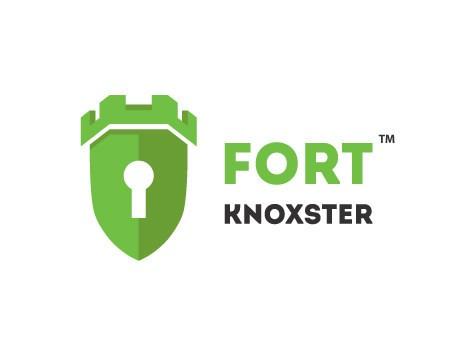Many people are often disappointed when they discover they cannot afford as much home as they initially believed after they apply for a home loan to get qualified for a mortgage.  Not to mention, by this point, they have already spent countless hours shopping for homes they thought were in their price range and may have even made a purchase offer without realizing they were stretching themselves too thin.
Not to mention, by this point, they have already spent countless hours shopping for homes they thought were in their price range and may have even made a purchase offer without realizing they were stretching themselves too thin.
Before you even start looking at home listings and houses for sale in your area, it is in your best interest to sit down and figure out approximately how much home you can afford. Knowing this information is not only beneficial for your realtor, as it lets them know what price range of homes for sale to show you, but, also, it saves you time because you will not be considering houses outside of your price range.
How to Calculate Ratios Used by Lenders
There are several different types of ratios used by mortgage lenders as a general guide, and there are exceptions. Understanding these ratios will give you a better idea of the price range of homes for which you should be shopping.
Debt-to-Income
This ratio is the total amount spent on ALL debt payments, including housing, credit cards, car loans, student loans, utilities, and so on. It is calculated by taking your gross monthly income before deductions and the total amount of all your monthly debts.
To illustrate, you and your spouse have a combined monthly income of $15,000 and a total of $5,000 in debt payments. You would take $5,000 and divide it by $15,000 to calculate the debt-to-income ratio and, in this example, this would be equal to 0.3333, or 33.33%.
Front-End
This ratio is sometimes referred to as the housing ratio, and it focuses entirely on your monthly housing costs, which should not exceed 28% of your gross income. Going back to our example, 28% of $15,000 is $4,200 ($15,000 x 0.28). The front-end ratio can be misleading because it does not account for your other monthly debts, so it should never be used by itself.
Back-End
This ratio is similar to the debt-to-income ratio and is calculated the same way, but it should also include property taxes, house insurance, and homeowner’s fees as part of your monthly debts. Mortgage lenders like to see a ratio percentage around 36% or less.
How Strict Are Mortgage Companies/Lenders When It Comes to Ratios?
Most lenders use the above ratios as a guide, and there are always exceptions, depending on other factors like the amount of your down payment, your credit history, and so on. For instance, FHA and VA loans are what lenders considered “well-documented loans,” and their ratios are used for first time home buyer pre-approval.
These mortgage programs have certain federal regulations and protections, so lenders are willing to consider a higher back-end ratio of around 43% and sometimes will even go as high as 50%. In addition, there are also special types of home loan programs for people with high debt-to-income ratios for which you may qualify, too.
Other Considerations to Take into Account
Calculating the above ratios gives you a good starting point to determine how much your monthly housing payments could be—but not always the actual purchase price of the home. You need to be careful to remember there are other considerations you need to also take into account to ensure you do not over extend yourself and find yourself facing a financial crisis.
Down Payment
The amount of your down payment is an important factor in determining how much home you can afford. The larger the down payment, the smaller amount you need to borrow, so you could potentially afford more home—but this may not always be the best choice for you.
Economic Changes
If the cost of electricity, food, and gasoline were to all increase, would you still be able to afford your monthly housing expenses (i.e., house payment, taxes, insurance, etc.)? Many people were over-extended when the housing crisis hit, a decade ago, and they could not adjust to increases in other monthly expenses.
Lifestyle Influences
Do you like dining out several times a week or making weekly trips to the spa? Your  spending habits beyond your monthly expenses need to be considered before committing to a home loan. Once you buy a house, you may have to cut back on these lifestyle expenses to make ends meet. If you are not ready to this, then it is okay to wait or consider a less expensive home.
spending habits beyond your monthly expenses need to be considered before committing to a home loan. Once you buy a house, you may have to cut back on these lifestyle expenses to make ends meet. If you are not ready to this, then it is okay to wait or consider a less expensive home.
Evaluate All Mortgage Program Options
Sometimes a conventional loan is not your best choice, and there could be special first-time buyers programs, government programs, or others that could offer you a better interest rate, a lower down payment, and other perks which can make qualifying for a loan easier.
Don’t Forget Maintenance Costs
Last, remember: You will have added maintenance and upkeep costs after you buy your home, so you may want to look at homes that cost less and leave a little extra you can set aside to cover these expenses.
For assistance in finding the best home loan program or help calculating how much home you can easily afford, do not hesitate to contact A and N Mortgage at (773) 305-LOAN (773-305-5626) to speak with one of our experienced Chicago mortgage brokers today!





